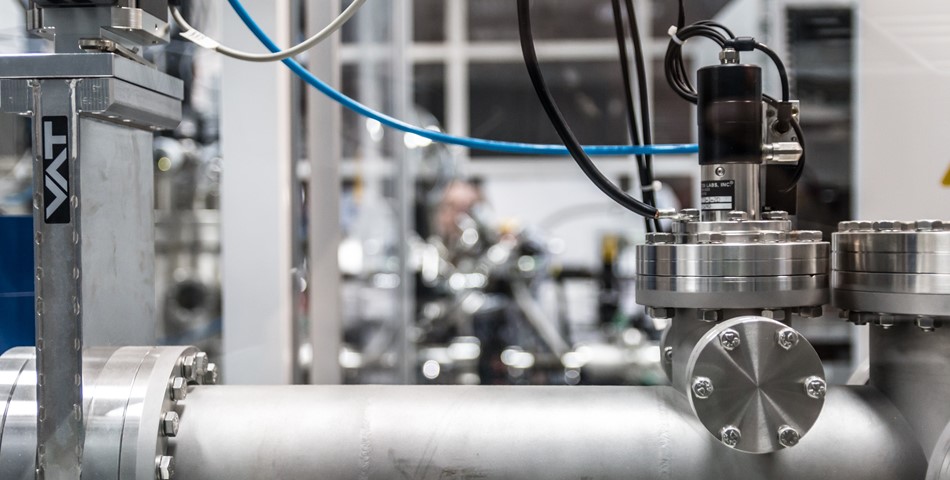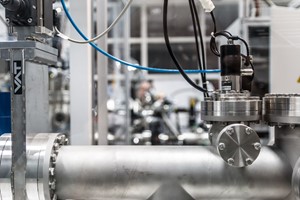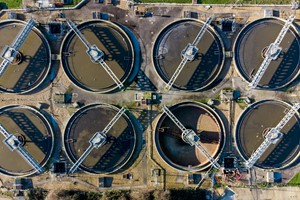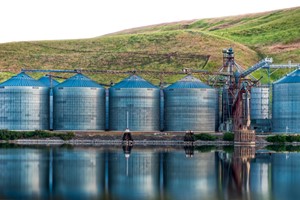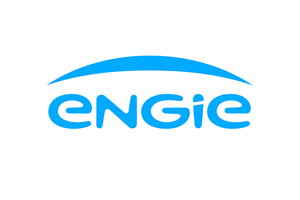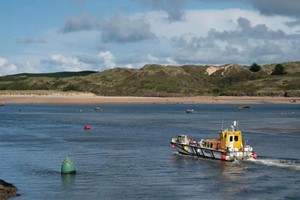In the next decade, digital water technologies will be the next big innovation. With an industry predicted to be over $2Bn in 2030, this is a wide-reaching opportunity for many and a market which has a global impact. In order to create an efficient and optimised system, water and wastewater networks must find quick and decisive answers to many questions – where is the network leaking? Can we accurately predict our customers' water use? How can our processes be optimised? These questions can be answered by the implementation of sensors: creating a digital, smart, water network. This report from IDTechEx aims to provide a holistic overview of the opportunities available within the future digitisation of the water and wastewater network markets.
The WHO said in 2019 that 71% of the world's population have access to clean water. There is a direct impact on the consumer, and many companies must meet targets and goals set by their country or industry body. However, unlike the oil and gas industry, the water industry is behind with its uptake of digitisation and in monitoring of networks in many countries across the globe. With water shortages occurring across some countries – e.g. Cape Town, South Africa in 2018 – there is a real need to better monitor the usage, supply, and treatment of both supply water and waste-water networks. To achieve these goals, the water industry must digitise, and become a "Digital Water Network".
A digital, or "smart", water network is a water network which has additional capabilities, sensors, IoT devices, which allow the user to maintain and run a network more efficiently and effectively.
Such a water network enables water utilities to:
- Remotely monitor and identify problems, so they can pre-emptively prioritize and identify maintenance issues. They can then remotely control all aspects of the water distribution network using data insights.
- The customer can be provided with information and tools so they can make informed choices about their behaviour patterns.
- Transparently and confidentially comply with regulations and policies on water quality and conservation.
There are many different solutions available for water utilities and municipal areas to use for digitising their networks. Within this report, there are multiple sensors discussed and examples shown, with their use cases, benefits, and drawbacks discussed. These sensors are grouped into six main areas:
- Pressure Measurements
- Flow levels
- Flow meters
- Acoustic emission
- Temperature
- Chemical measurements
These sensors can be used in multiple applications across the water and wastewater industries to help companies and municipalities reach their targets and goals. For example, they can be used in water pipe networks, water treatment plants, wastewater pipe networks and wastewater treatment plants. This report provides a clear and concise analysis of these four sectors, and opportunities for all these summarised, for quick and easy understanding of this exciting market area.
ID Tech EX
www.idtechex.com



